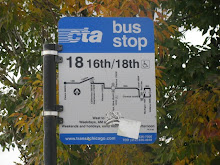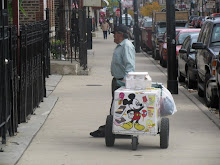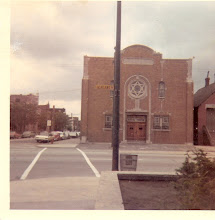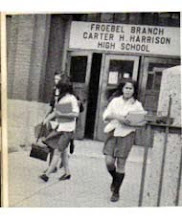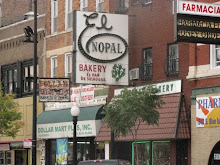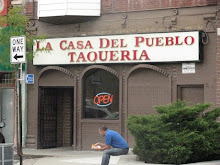It was fourth grade. I did not recognize many kids other than the ones who lived on the same street. Our teacher was a very large woman named Miss Fitzgerald. She was a jovial woman who never displayed a negative attitude in class.
The following is a comment about Miss Fitzgerald from the Chicago Public School alumni site:
Ms Fitzgerald was the best 5th grade teacher because she had time for all the subjects in a school day that started at 9 and ended at 315 (with a one hour lunch, 2 recesses and milk and cookie time). She was amazing.
The songs were American culture, but she even had one or two international songs.
She taught us to square dance.
We had teams in the class that competed against each other for a monthly prize.
Without a doubt, the best.
She taught all of my older brothers and sisters.
That was the impact this teacher had on her students.
I no longer had to sit in the back of the class because I was Mexican. Every month Miss Fitzgerald changed the seating arrangements so every student sat in a different spot every month and shared a row with different students.
She rewarded students for positive behavior and punished us for negative behaviors as well. Her reward was marked with one star written on the blackboard. Each individual star would count towards the total of the row. So if everyone in row one did their homework, they would each earn one star for their row. If someone from row two would chew gum in class. then a star would be erased from the grand total from that row.
Miss Fitzgerald would award prizes for each student who sat in the row that earned the most stars in the month. We all competed to be good and productive.
Well, almost everyone. I had a problem talking during the class and I had many of our stars erased. One month I remember a girl asking Miss Fitzgerald not to put her in the same row as me. But I earned many stars for my work in class. I was one of the smarter kids in class, especially in math.
Miss Fitzgerald was fair to everyone.
We sang songs every afternoon. Miss Fitzgerald would pass out song books, play the piano, and loudly sing in a loud joyous voice. All the classic songs of Americana that I know, I learned in her class. The son of a migrant farm worker learning Stephen Foster and the rest of Americana music.
Oh, Susana...she'll be coming around the mountain...with a banjo on my knee.
She also had fun art projects for us to engage us in. She put us in touch with our creative side.
She had us striving to learn and to behave. She also taught us to get along with each other. She also gave us roles of leadership.
Every month she would reassign different positions of authority to every student. One month one could be a line monitor, the next month they would be the chalk board cleaner, and the next month they would be the coat room monitor.
The coat room monitor's job was to ensure that students behaved while the grabbed their coats in the coatroom The coatroom was a long narrow closet-like room where we hung our coats every morning.
Miss Fitzgerald named me the coatroom monitor one month. I lasted one day on the job. A fellow student failed to listen to my request not to talk in the coatroom. After asking them a few times to be quiet I punched the student in the face.
Role-modeling
My duties were taken away from me that day.
I probably lost a few stars for my row as well. I deserved my punishment.
Miss Fitzgerald was fair.






